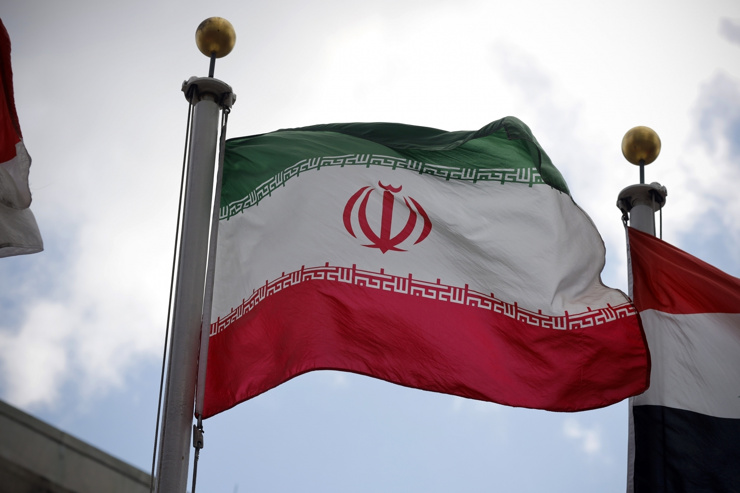In its search for a way to counter the radical core of the Taliban, which threatens to fill the power vacuum left by departing US and NATO troops, India may find that many of its interests coincide with that of the Fatemiyoun militia—an Iran backed group that has operated in the badlands of Syria and Iraq.
Who are the Fatemiyoun militia and how can they be important to India?
The Fatemiyoun militia or the Fatemiyoun division is a rabidly anti-ISIS force, which has mainly cut its teeth in Syria. In turn, it has played an important role in preventing the Islamic state or Daesh from establishing their Caliphate in Syria, with Raqqa as its capital.
The Afghan Hazara community in exile, who have been trained with cutting edge precision by the Islamic Revolutionary Guard Corps (IRGC) of Iran form the Fatemiyoun militia’s core.
An opinion piece in Tolo News, an Afghan media outlet, reveals that the Fatemiyoun Division, also known as Liwa-e-Fatemiyoun, has been active in Syria since 2013/14. Afghan refugees living in Iran are the feedstock of the force. At its peak Fatemiyoun Division commanded around 20,000 troops. An estimated 50,000 fighters of the force were deployed during the nine-year conflict in Syria.
With the decline in fighting in Syria and Iraq, or SyRaq, large number of the fighters now find themselves positioned in Afghanistan, especially to protect the Shia Hazara community, which had been in the crosshairs of the Taliban when it overran the country in the mid-nineties.
In an interview with Tolo news Iran’s foreign minister Javad Zarif advocated that if the Afghan government wants, the Fatemiyoun militia fighters can be deployed to combat Daesh anywhere in the country. “They are the best forces with a military background in the fight against Daesh. The Afghan government, if willing, can regroup them…for the fight against Daesh and for the fight against terrorism and for the protection of Afghanistan security,” he observed.
Apart from Fatemiyoun militia, the Iranians appear to have activated their sleeper cells in the Hazara community, with the flatlands of the Bamian plateau as their stronghold. For instance, on April 13, Zulfiqar Omid, a Hazara activist and politician, announced setting up a “resistance front” in the province of Daikundi, in central Afghanistan. Close to the Iranian border with Herat in Afghanistan, veteran warlord Ismael Khan, is also parading his forces in anticipation of a confrontation with the Taliban following the pull out by western troops.
With the Daesh as the common factor, key interests of India, the Afghan government and the Iran-backed militia converge. Just like the Fatemiyoun division, India’s animosity towards the Pakistan backed Daesh in Afghanistan runs deep, and is intense.
India’s hostility towards the Islamic State in Afghanistan peaked after Daesh targeted a Sikh temple in Kabul in March last year. The Hindustan Times reported in the aftermath of the attack that the Afghan security forces had arrested 37 members of the so-called Islamic State Khorasan Province (ISKP) terrorist module that had targeted a Kabul gurdwara. These arrests were made after Afghan forces caught Aslam Farooqui, the Pakistani national who led the terror group ISKP known to have strong links with Pakistan’s ISI that carries out off-the-shelf jihad at its instance.
ISKP chief Aslam Farooqui, also known as Abdullah Orakzai, had been former commander of the Lashkar-e-Tayyiba with direct links to the ISI.
Analysts point out that with a power vacuum likely to develop in Afghanistan, the time had arrived for India, Iran and Russia—three countries firmly opposed to surrendering before the Taliban to start re-bonding as a trilateral grouping, as had been done in 2001 following the 9/11 attacks. "In fact, Iran could revive the axis of Iran, Russia, and India to support a second national resistance against the Taliban if Afghanistan plunges into a civil war," says Tamin Asey, a former Afghan deputy defence minister, as quoted by Radio Free Europe.




















